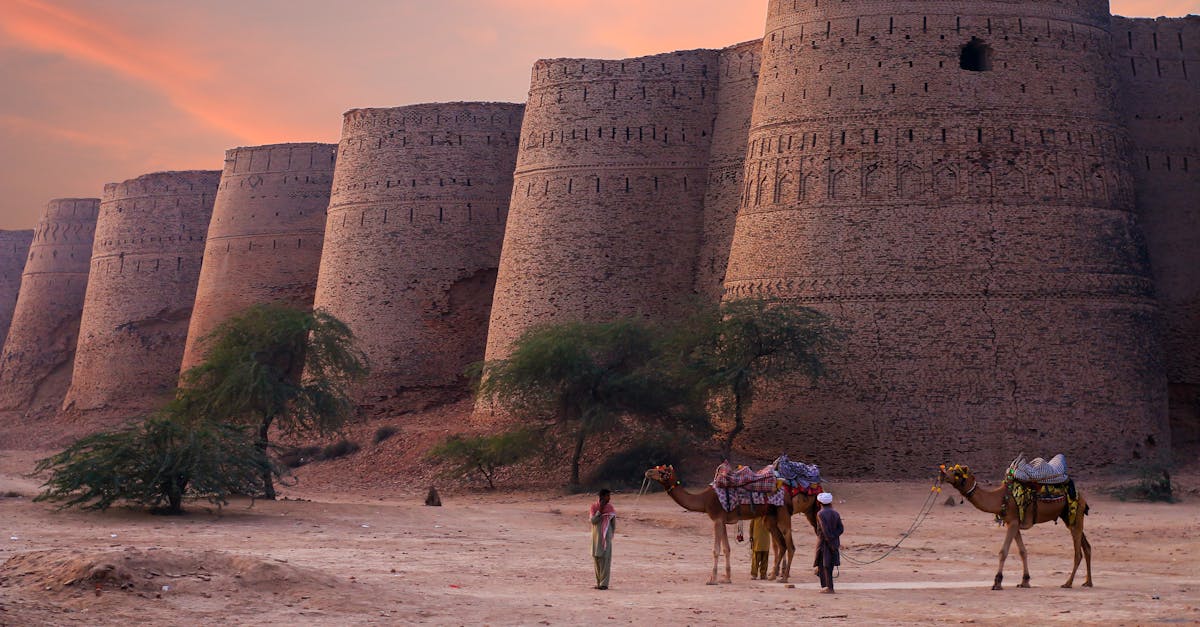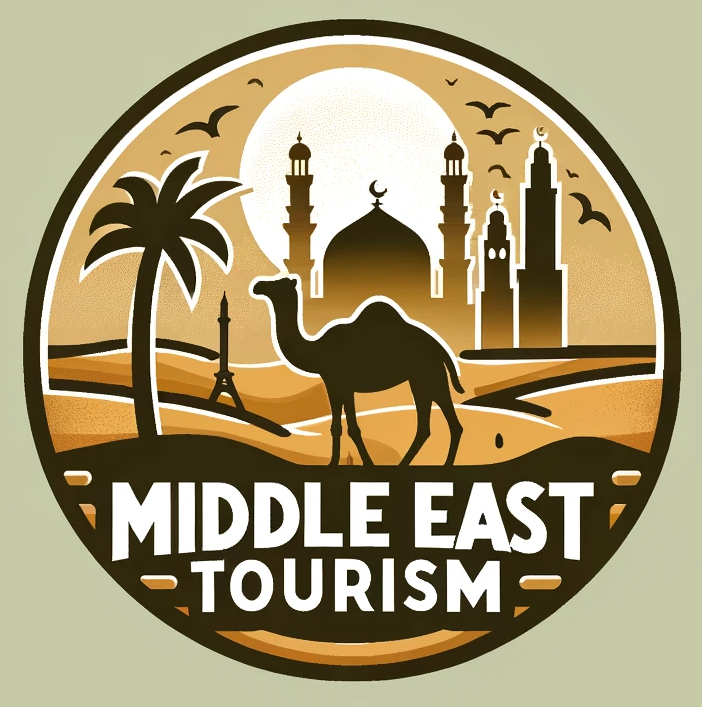Discover the rich tapestry of Middle East tourism through a lens of cultural etiquette. Dive into a captivating exploration of traditions, customs, and insights that will enhance your travel experience in this vibrant region.
Understanding cultural norms in the Middle East,

In the diverse region of the Middle East, a rich tapestry of cultural norms and traditions shape the daily lives of its inhabitants. These norms are deeply rooted in history, religion, and societal values, influencing behaviors and interactions. To navigate this cultural landscape with respect and understanding, it’s crucial to delve into the nuances that define the region.
Cultural Exchange Can Foster a Peaceful Coexistence in the Middle East
Understanding cultural norms in the Middle East involves recognizing the significance of cultural exchange in promoting harmony among the region’s diverse communities. By engaging in cultural dialogue and embracing differences, individuals can build bridges and foster mutual respect. This inclusive approach cultivates an environment of understanding and cooperation, essential for peaceful coexistence in the Middle East.
Gender Dynamics and Social Customs
– Female Genital Mutilation: While practices vary across the region, female genital mutilation remains a sensitive issue in some communities. Understanding the cultural, religious, and social factors that influence this practice is essential for addressing it effectively and promoting gender equality.
– Situational Analysis of Women and Girls: In the Middle East and North Africa, societal norms and legal frameworks often impact the rights and opportunities available to women and girls. Recognizing these dynamics is crucial for advancing gender equality and empowering women in the region.
Music, Fragrance, and Traditions
– Discover the Mesmerizing Fusion of Arab and Jewish Music: Music serves as a powerful medium for cultural expression in the Middle East. Exploring the fusion of Arab and Jewish musical traditions sheds light on the region’s diverse cultural heritage and artistic collaborations.
– Middle Eastern Fragrance Traditions & Popular Scents To Know: Fragrances play a significant role in Middle Eastern customs, from traditional incense rituals to popular scents like oud and rose. Understanding the importance of fragrance in cultural practices enhances appreciation for the sensory experiences that enrich daily life in the region.
Educational and Linguistic Perspectives
– Girls’ Education Overview: Education is a cornerstone of societal development, and understanding the challenges and opportunities surrounding girls’ education in the Middle East is essential for addressing disparities and promoting inclusive learning environments.
– EDI Inclusive Language Guidelines: Language reflects cultural norms and values, making it essential to approach communication with sensitivity and respect. Embracing inclusive language guidelines promotes diversity and equity in linguistic expression.
Societal Dynamics and Historical Context
– A Brief Guide to Understanding the Countries of the South Caucasus: Exploring the cultural diversity of the South Caucasus region offers insights into the historical, ethnic, and linguistic tapestry that shapes the identities of its inhabitants. Understanding these nuances enriches cross-cultural dialogue and appreciation.
– Gender Gap in MENA: Cultural, Legal, and Institutional Barriers: The gender gap persists in the Middle East and North Africa due to a complex interplay of cultural norms, legal frameworks, and institutional practices. Addressing these barriers requires a multifaceted approach that considers the intersectionality of gender dynamics in the region.
Artistic Expressions and Heritage
– Forget Scotland – Bagpipes Are Originally from the Gulf: Uncovering the origins of cultural traditions like bagpipes reveals the interconnectedness of global artistic expressions. Appreciating the cultural exchanges that have shaped traditions promotes cross-cultural dialogue and mutual understanding.
By embracing the complexities of cultural norms in the Middle East and fostering a mindset of curiosity and respect, individuals can deepen their cultural awareness and contribute to a more inclusive and harmonious society. Understanding the diverse tapestry of traditions, values, and practices that define the region enriches cross-cultural interactions and promotes mutual appreciation.
Dressing appropriately in the Middle East,

Understanding Cultural Expectations
When traveling to the Middle East, it’s crucial to be mindful of the cultural norms and expectations regarding clothing. Modesty is highly valued in many Middle Eastern countries, and dressing conservatively is a sign of respect towards the local culture and traditions. In countries like Saudi Arabia and Iran, women are required to cover their hair with a headscarf and wear loose-fitting clothing that conceals the body shape.
Respecting Religious Sites
When visiting religious sites in the Middle East, such as mosques or shrines, it’s important to dress modestly out of reverence for the sacred space. For both men and women, this often means covering the shoulders and knees. Avoid wearing revealing clothing or shorts when visiting these sites to show respect for the religious significance they hold.
Practical Clothing Tips
For tourists traveling to the Middle East, opting for lightweight, breathable fabrics is essential due to the region’s hot climate. Loose-fitting pants, maxi dresses, and long skirts are comfortable options that also adhere to the modesty standards. It’s advisable to carry a scarf or shawl to cover up when needed, especially when entering religious sites or more conservative areas.
Country-Specific Guidelines
Each country in the Middle East may have its own specific dress code that visitors should be aware of. For instance, in more liberal countries like Lebanon or the UAE, Western clothing is widely accepted. However, in conservative nations like Saudi Arabia or Iran, adhering to stricter dress codes is mandatory. Before traveling, it’s recommended to research the specific clothing guidelines for your destination to ensure a smooth and respectful experience.
Dressing appropriately in the Middle East is not only a matter of following local customs but also a way to show respect for the traditions and beliefs of the region. By understanding and adhering to the cultural expectations regarding clothing, tourists can navigate their travels in the Middle East with sensitivity and appreciation for the local culture. Remember, modesty and respect are key when it comes to dressing in this diverse and vibrant part of the world.
Respecting religious customs and traditions,

When it comes to traveling, respecting religious customs and traditions in tourism is of paramount importance. Understanding and acknowledging the beliefs and practices of the local population can greatly enhance the travel experience while fostering mutual respect and cultural appreciation.
Why Respect Matters
Cultural diversity enriches the tapestry of our world, and each culture’s religious customs are integral to its identity. By showing respect for these traditions, tourists not only honor the heritage of the destination but also contribute to positive cultural exchange and dialogue.
Guidelines for Respecting Religious Customs
- Research before you go: Familiarize yourself with the religious customs and practices of the destination to avoid unknowingly committing a cultural faux pas.
- Dress modestly: In many religious sites, modest attire is required as a sign of respect. Be mindful of local dress codes and traditions.
- Follow local customs: Participate in religious ceremonies or rituals with reverence and observe any guidelines provided by local authorities or religious leaders.
- Respect sacred spaces: Maintain a respectful demeanor when visiting religious sites, refraining from disruptive behavior or inappropriate actions.
Case Study: Saudi Arabia
When visiting countries like Saudi Arabia, it is essential to adhere to local laws and customs, especially those rooted in religious practices. Respecting Islamic traditions, such as modest dress codes and restrictions on public behaviors, is crucial to ensuring a safe and harmonious travel experience.
Learning from Mistakes
Instances of tourists behaving badly due to ignorance or disrespect for local customs highlight the importance of cultural sensitivity in tourism. By learning from these mistakes and striving to show respect for religious traditions, tourists can promote cross-cultural understanding and create meaningful connections with local communities.
Embracing Tolerance and Inclusion
Government bodies and tourism boards worldwide emphasize the values of tolerance and inclusion in travel. The Ministry of Foreign Affairs encourages travelers to embrace diversity and show respect for religious customs, fostering a welcoming environment for all visitors.
Ultimately, respecting religious customs and traditions in tourism is not only a matter of etiquette but a way to bridge cultural divides and promote global harmony through mutual understanding and appreciation.

